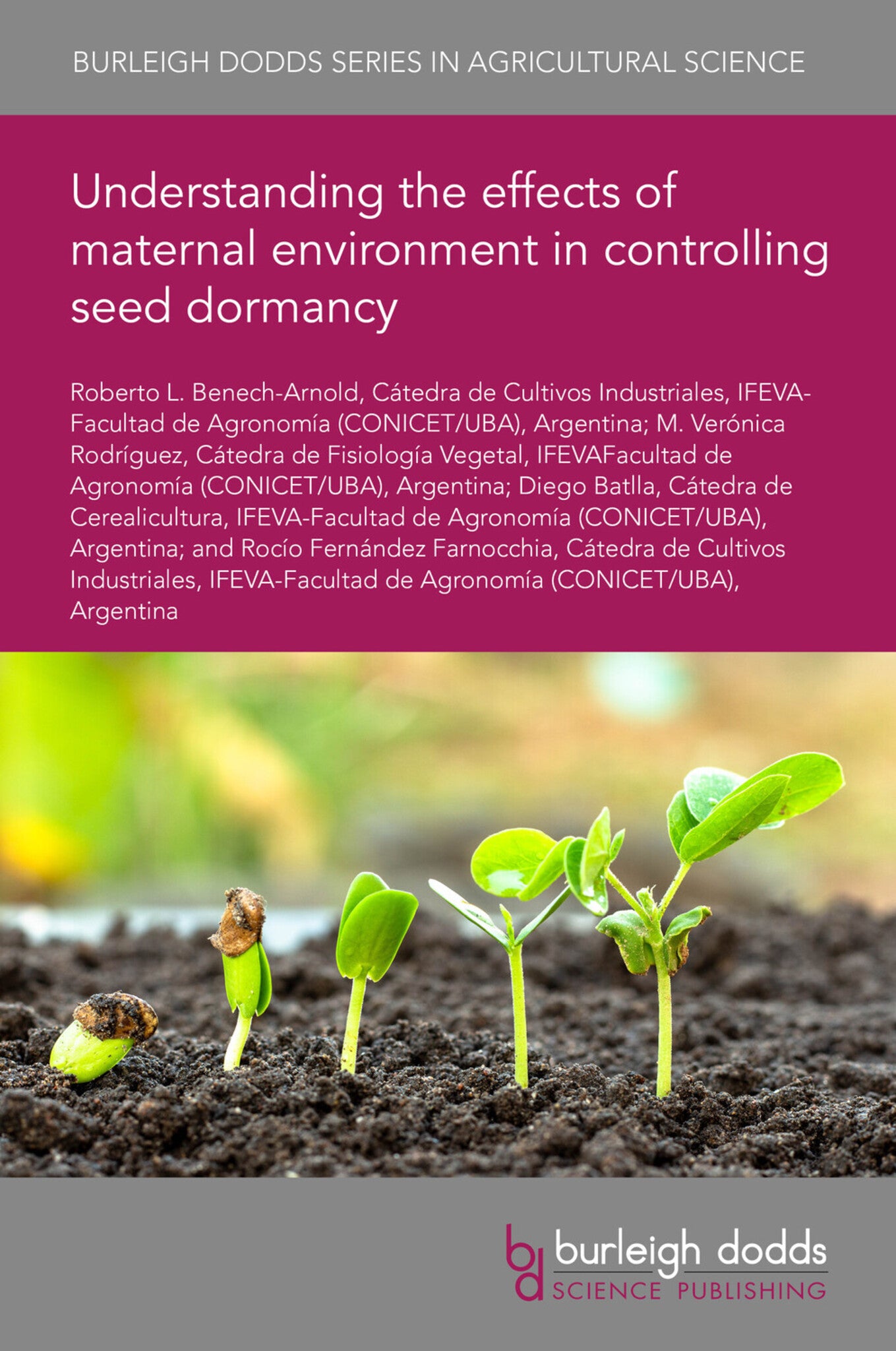We're sorry. An error has occurred
Please cancel or retry.
Understanding the effects of maternal environment in controlling seed dormancy

Some error occured while loading the Quick View. Please close the Quick View and try reloading the page.
Couldn't load pickup availability
- Format:
-
25 July 2022


TECHNOLOGY & ENGINEERING / Agriculture / Agronomy / Crop Science, Agronomy and crop production, TECHNOLOGY & ENGINEERING / Agriculture / Sustainable Agriculture, Botany and plant sciences, Sustainable agriculture, Agricultural science

1 Introduction 2 Dormancy response patterns to the effect of the maternal environment in seeds displaying physiological and physical dormancy 3 Physiological and molecular bases underlying the modulation of dormancy by the environment experienced by the mother plant during reproductive development 4 Ecological implications of dormancy modulation by the maternal environment 5 Agricultural implications of dormancy modulation by the maternal environment: managing crops for dormancy 6 Summary 7 Future trends in research 8 Where to look for further information 9 References



